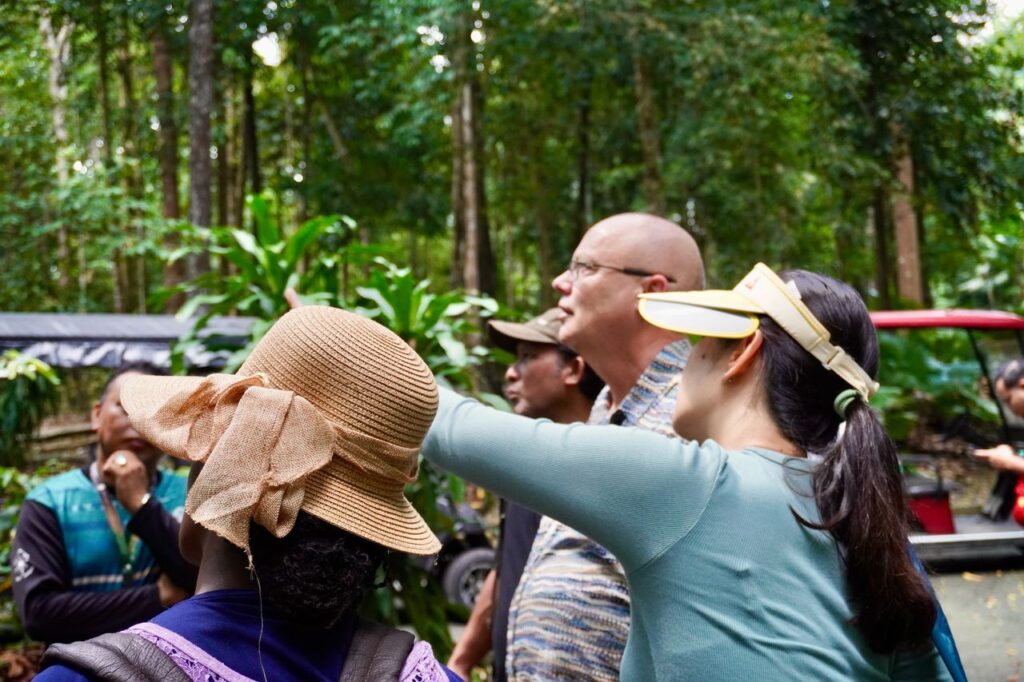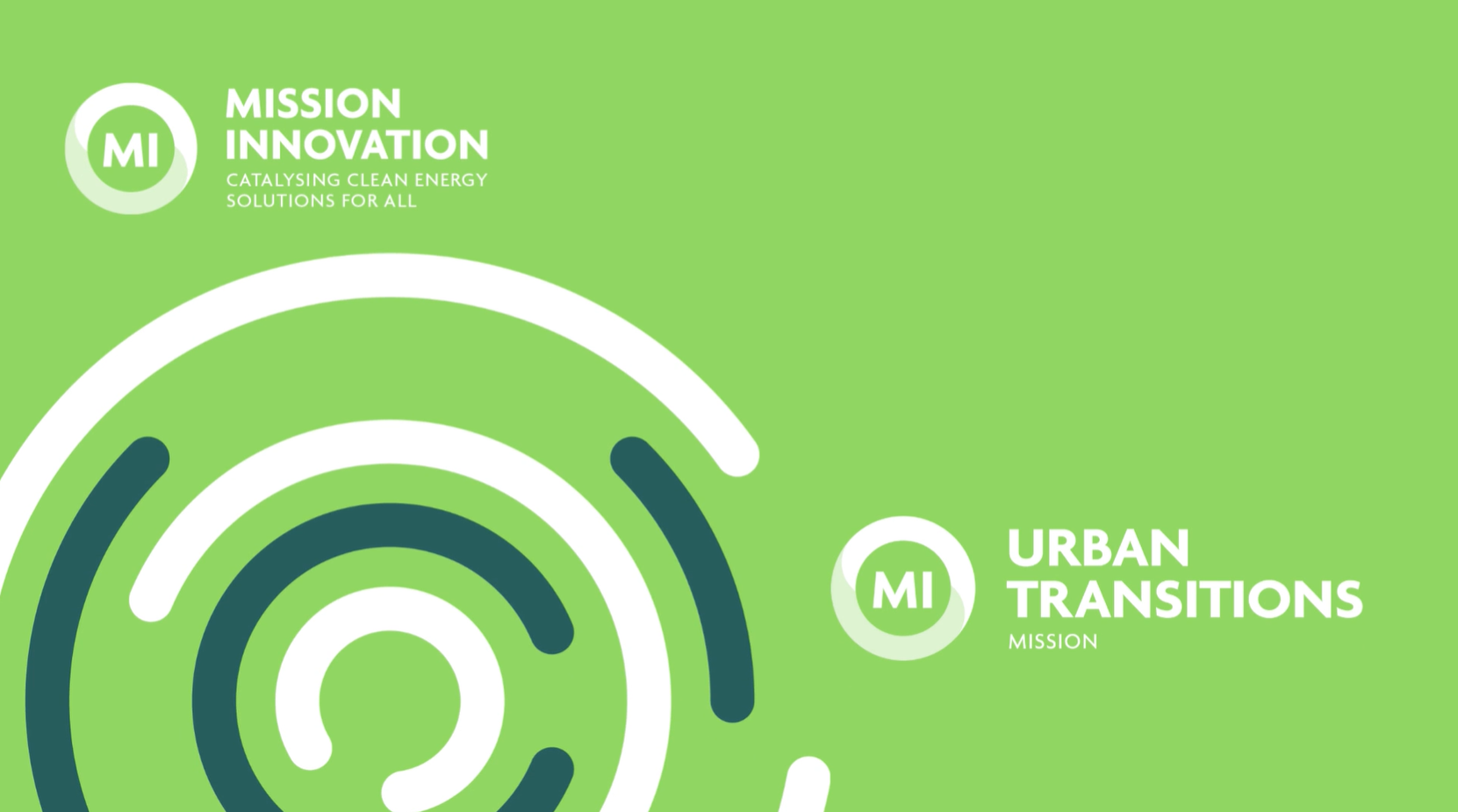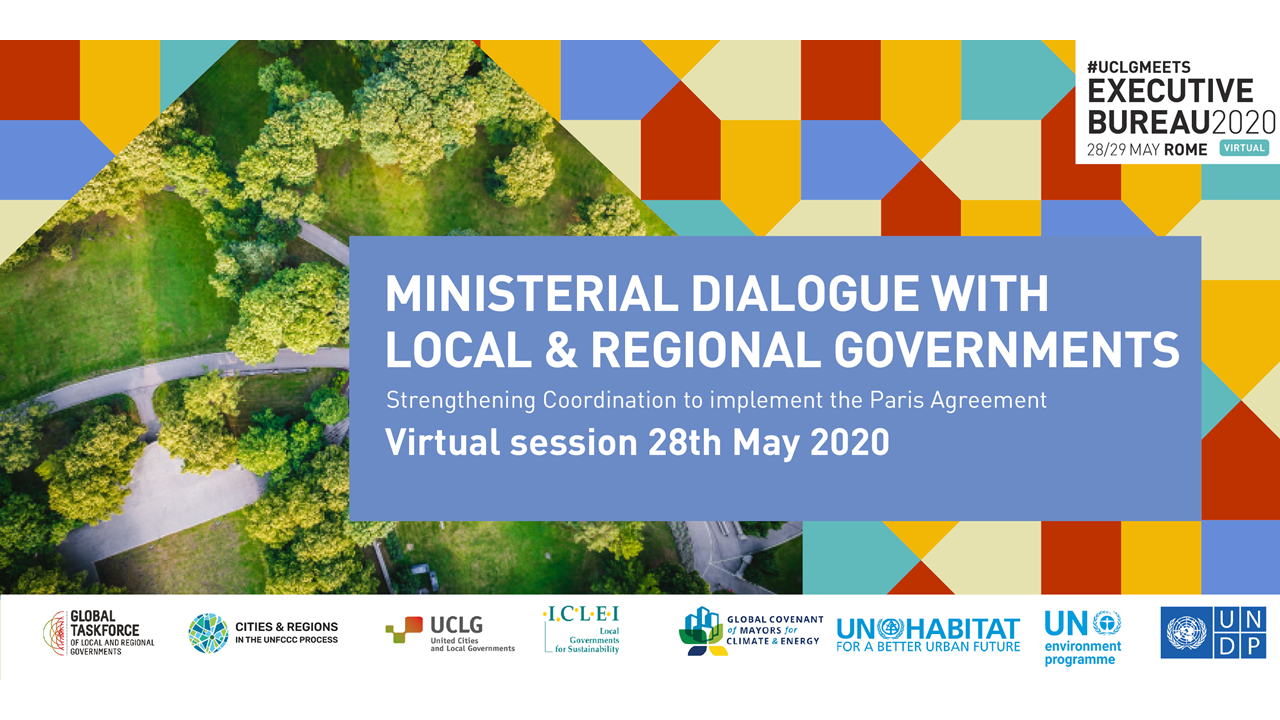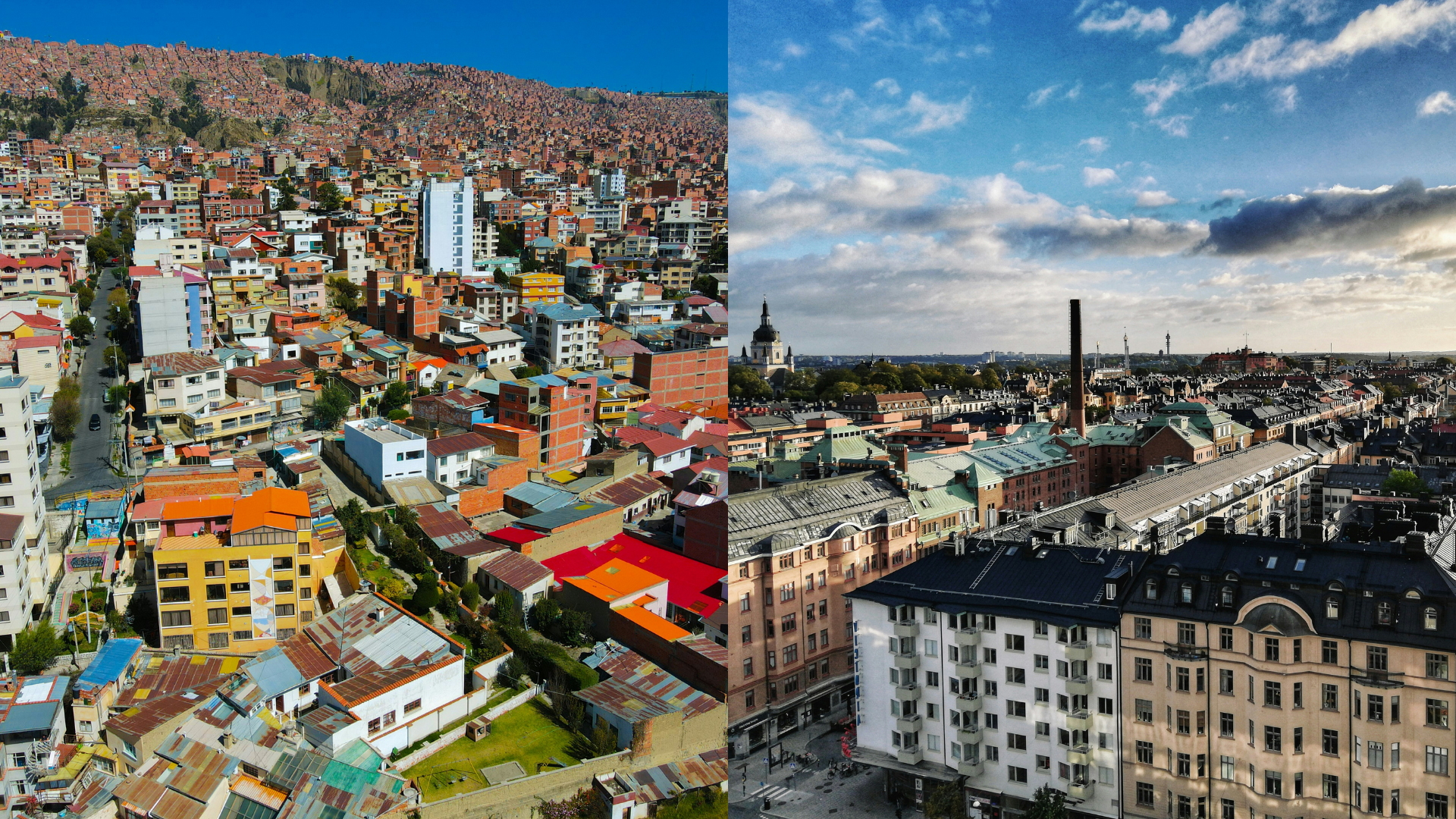Cities Connect on Energy, Circular Economy, and Community Resilience

The Cities Meet Cities (CmC) initiative of the Global Covenant of Mayors for Climate & Energy (GCoM) recently completed an inspiring cluster exchange involving four dynamic cities: Blacktown (Australia), Hang Tuah Jaya (Malaysia), Banda Aceh (Indonesia), and Nakuru (Kenya). Supported by the European Union, this exchange exemplifies the power of city-to-city cooperation, highlighting innovative approaches, shared challenges, and impactful solutions in climate adaptation and mitigation.
The exchange was widely praised by participating cities for its concrete, practical benefits. Nakuru highlighted the value of learning from Melaka’s clean energy infrastructure, nature-based tourism, and stakeholder engagement models, insights that are now inspiring new circular economy and environmental education efforts in the Kenyan city. Blacktown described the visit to Malaysia’s smart grid research facility as “directly relatable” to its own solar and battery virtual power plant plans, and found unexpected inspiration in Hang Tuah Jaya’s ISO 14000 rollout and innovative approaches to rooftop solar.
Banda Aceh described the exchange as “an experience that produces a lot of knowledge,” especially on the role of government-community-private sector partnerships in improving biodiversity, eco-tourism, and community welfare. Hang Tuah Jaya reported that the programme sparked new ideas for their own sustainability journey, particularly in scaling inclusive, community-driven climate initiatives. From waste and water to energy and education, this exchange demonstrated the transformative power of international collaboration among cities leading the way on climate action.
Blacktown Innovating Urban Resilience
Blacktown, located in Western Sydney, Australia, has set ambitious climate goals, including achieving net-zero emissions from municipal operations by 2030 and city-wide by 2040. Facing critical challenges such as extreme urban heat, flooding, biodiversity loss, and rapid urbanization, Blacktown has demonstrated a range of advanced solutions.
To combat rising temperatures, the city has implemented a network of ‘cool centers’ and is working towards increasing tree canopy cover to 40% by 2040. These efforts aim to reduce the urban heat island effect and improve overall livability for residents. During the Cities Meet Cities exchange hosted by Blacktown, delegates explored how the local government’s partnerships with the Australian Red Cross and the Greater Sydney Heat Task Force are helping communities respond to heat stress through multi-level, data-driven strategies.
Blacktown has also invested heavily in flood mitigation infrastructure, providing greater protection for over 14,000 flood-prone properties. Delegates saw practical examples of how green infrastructure, such as wetlands and detention ponds, is integrated into the city’s urban fabric to manage stormwater, reduce flood risks, and create thriving habitats for birds and reptiles.
In the field of energy and water resilience, Blacktown’s community battery centers offer an innovative model of energy democratisation, allowing residents to participate in clean energy sharing without the need for rooftop solar or homeownership. Delegates also visited Sydney Water’s purified recycled water facility, which demonstrated how advanced water recycling technologies are helping to secure drinking water supplies in a water-scarce region.
Blacktown has launched urban projects that align sustainable growth with rapid population increases. These include the Blacktown International Sportspark Masterplan, the revitalization of the Warrick Lane Precinct, and the development of a new university campus. The Cities Meet Cities visit highlighted how these developments integrate sustainability, community wellbeing, and biodiversity through biophilic design and public access to green spaces.
Mayor Brad Bunting spoke with the delegation, emphasizing the importance of collaboration across borders to achieve collective climate and sustainability goals. The visit reinforced Blacktown’s role as a leader in urban resilience and provided practical examples for visiting cities to adapt in their own contexts.
Hang Tuah Jaya Leading Renewable Energy and Sustainability
Hang Tuah Jaya, Malaysia, has emerged as a leader in renewable energy and sustainable urban development, setting an example for cities across the region. One of its flagship achievements is the Quantum Solar PV Park, which generates 132kW daily, enough to power approximately 20,300 homes. This large-scale solar project illustrates how Hang Tuah Jaya is contributing to Malaysia’s clean energy transition while highlighting the potential of public-private partnerships in accelerating climate solutions.
The city has also implemented the Smart Grid Demonstration Project, supported by a $3 million Global Environment Facility (GEF) grant. This project integrates renewable energy with smart grid technology, benefiting 50,000 residential homes and showcasing how digital solutions can enhance energy efficiency and management on a city-wide scale. Hang Tuah Jaya is proactively addressing the environmental impact of its clean energy infrastructure, with ongoing efforts to manage solar panel waste (coded E130). While a circular economy solution has yet to be implemented, the city currently stores waste responsibly and tests panels annually for degradation, setting a standard for transparency and accountability in renewable energy.
The city also plays a vital role in preserving Melaka’s UNESCO World Heritage zone, combining daily river clean-ups and water-level management with eco-tourism strategies that support the local economy and protect cultural heritage. Initiatives like the Eco-School program actively engage youth, embedding climate action into education and community life.
As host of one of the Cities Meet Cities exchanges, Hang Tuah Jaya provided a platform for knowledge-sharing on climate mitigation and adaptation. Visiting delegations from Blacktown, Banda Aceh, and Nakuru explored how Hang Tuah Jaya aligns its climate action with themes such as energy management, water and waste management, sustainable communities, eco-tourism, nature-based solutions, and disaster risk reduction.
Through technical site visits, delegates gained insights into the city’s large-scale solar operations, river restoration efforts, and strategies for embedding the SDG 2030 agenda into local policy. The exchange underscored how Hang Tuah Jaya’s integrated approach links innovation, community engagement, and heritage preservation.
Banda Aceh Rebuilding and Advancing Sustainability
Banda Aceh, Indonesia, has risen with resilience and vision following the devastation of the 2004 tsunami. At the heart of its recovery is the city’s long-term development plan, RPJP 2025–2045, which integrates local values with a strong commitment to sustainable progress and economic resilience. The city’s vision of becoming a model of an advanced and sustainable city guides its climate and development policies.
Banda Aceh is leveraging its rich natural resources to enhance tourism and stimulate economic vitality. The city’s key industries, including micro, small, and medium enterprises in fisheries, food production, clothing, and the creative economy, are closely linked to its tourism sector, a balanced approach to development that supports local livelihoods while protecting natural ecosystems.
Nature-based solutions are central in Banda Aceh’s strategy for disaster risk reduction and resilience-building. This includes flood mitigation measures and green infrastructure to address the increasing risks of extreme heat and flooding that threaten vulnerable communities, especially the poor and the elderly.
Banda Aceh draws inspiration from international peers in shaping its climate initiatives. The city is particularly interested in adapting best practices seen in Hang Tuah Jaya, such as solar energy management and river revitalization strategies, to its local context. Such approaches offer promising pathways for Banda Aceh to enhance its renewable energy capacity and boost eco-tourism, which is a pillar of the local economy. The city recently also participated in GCoM’s Cities in the Balance campaign (see their video here).
With a clear climate target to reduce greenhouse gas emission intensity by 46% by 2045 (having already achieved 24.38% reduction by 2022), Banda Aceh is advancing grassroots-supported climate projects that enable locally led action. These efforts prioritize community participation and knowledge, aiming to empower residents and build capacity for climate resilience. By focusing on improving livelihoods while reducing risks and vulnerabilities, Banda Aceh is balancing development with environmental stewardship and positioning itself as a leading example of how cities can harness the power of nature to address climate change.
Nakuru Pioneering Climate Action and Energy Transition
Nakuru County, Kenya, brought forward powerful insights during visits to other cities. The county has deployed smart meters across 30,000 homes, achieving substantial annual energy savings and cutting carbon emissions by 45,089 tonnes of CO₂. This contributes to reducing Nakuru’s emissions while helping households better manage their energy consumption.
Nakuru showed particular interest in how Hang Tuah Jaya uses a real-time emissions tracking system, accessible to the public through digital dashboards. The cities are investigating further collaboration on the transfer of this best practice to empower residents to engage with climate data, while providing policymakers with clear, actionable information to guide decisions.
The county faces significant climate challenges, including more frequent and severe floods, droughts, and heatwaves, which threaten infrastructure, water quality, and public safety. The impacts disproportionately affect vulnerable and frontline communities, placing additional strain on livelihoods and local economies.
In response, Nakuru is promoting climate-resilient projects at the grassroots level that address these risks while integrating nature-based solutions. These projects focus on conserving and rehabilitating natural ecosystems and enhancing natural processes in modified landscapes, delivering environmental, economic, and social benefits.
Nakuru’s strategy emphasizes embedding this approach into policy frameworks with concrete targets, backed by appropriate financial resources and aligned with social and environmental safeguards.
A Shot of Love
City representatives summed up the essence of the Cities Meet Cities exchanges: Grace Warinju Waranja of Nakuru County stated, “Collaboration is our greatest renewable resource.” Kevin Turner from Blacktown described the initiative as “a shot of love in a world filled with turmoil,” highlighting the strength derived from collective action. Mr. Parmakope from Banda Aceh spoke of Hang Tuah Jaya’s inspirational practices as “an unforgettable experience that can be an example for Banda Aceh City” in renewable energy and eco-tourism.
As formal visits conclude, ongoing relationships and exchanges among these cities continue, building a foundation for future collaboration. This Cities Meet Cities cluster clearly demonstrates how city-led initiatives and global cooperation can accelerate urban sustainability, providing effective, scalable solutions for global climate resilience.


